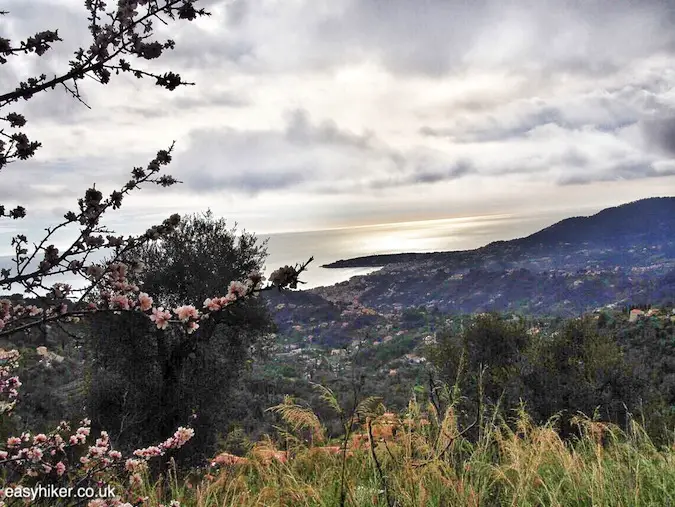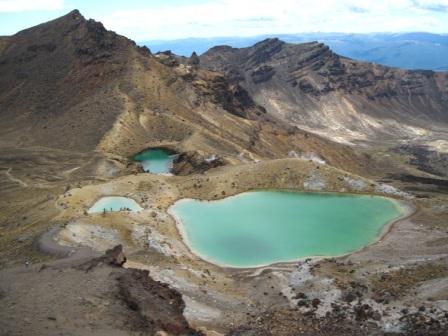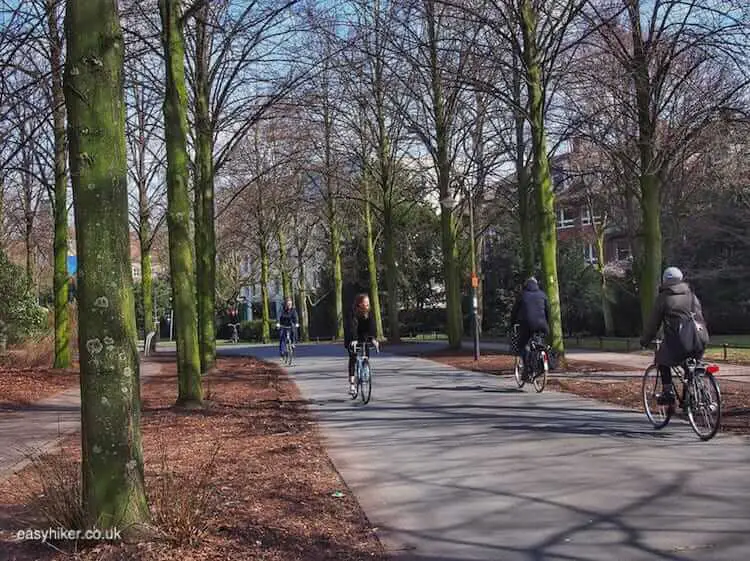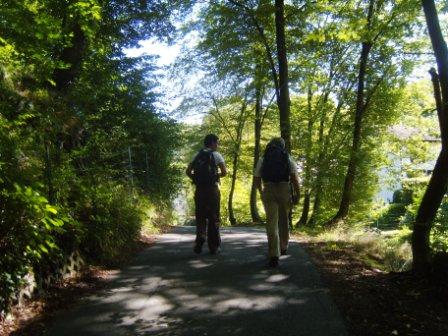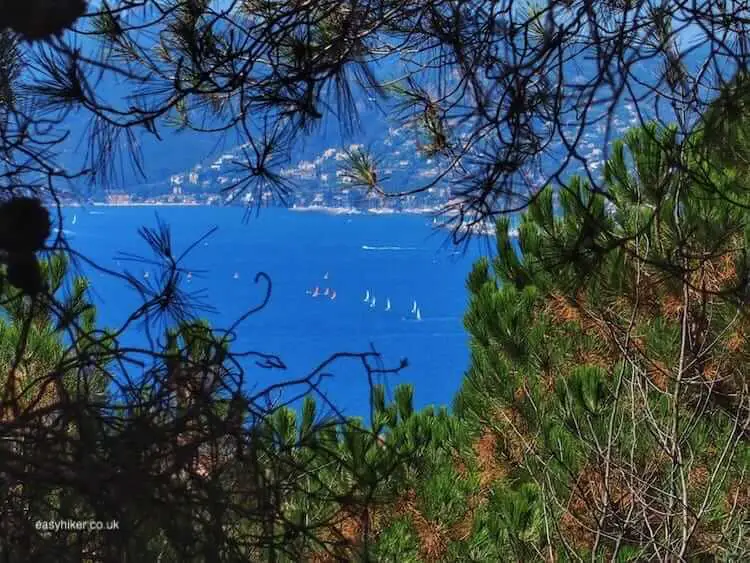Today and over the next couple of weeks, we are going to learn how to do easy hiking the German way. I can feel your feet are itching already!
But we shall have to discipline our urges and, in the ancient tradition of German teaching, do some theory first before we can unleash our selves and venture out into the open countryside.
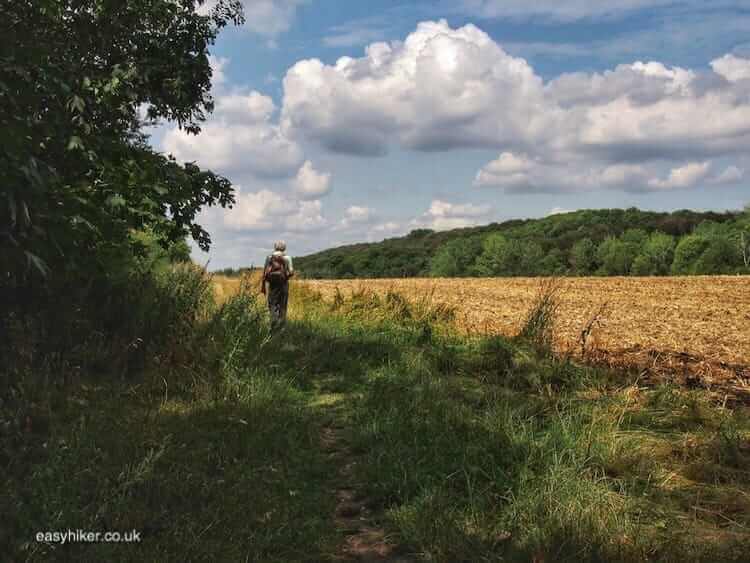
And we shall need some history, too. So here it goes: for many decades, from the 1950s to the 1990s, Germans believed that hiking was ancient tradition that belonged to the past and had no place in the modern country.
Old people still practised it, but young people could not be recruited in sufficient numbers to make up the loss of those who were dying away at the other end of the age spectrum. Think of it as folk dancing in the UK – or reading the Daily Telegraph.
The end of hiking seemed in sight. Until the Sauerland, a relatively remote and mountainous area: the Appalachians of Germany, commissioned the “nature sociologist“ Rainer Brämer to revise and redesign its complicated network of partly connecting and partly overlapping trails.
Brämer did that, but also much more: like all masters of any trade from Caravaggio to Einstein, he rethought the entire concept from first principles, coming up with refreshing insights and a host of innovative solutions.
Above all, Brämer understood hiking as an engineered experience. Nature for him was not something that was there to be discovered but something that needed to be revealed. A trail, consequently, served not mainly to guide hikers from Point A to Point B but to make them approach Point B from the right angle.
And Brämer, unlike the people who were in charge of Germany’s network of hiking trails before him, was ready to take into account the expectations of town folks who went into the open countryside in search of counterpoints to their working lives “behind the glass fronts of office windows and in front of computer screens”.
A Brämer-designed trail – such as the Rheinsteig, his true masterpiece – is always full of stage-managed effects, of surprises and sudden revelations, of carefully orchestrated leitmotifs such as water, flowers and interesting juxtapositions.
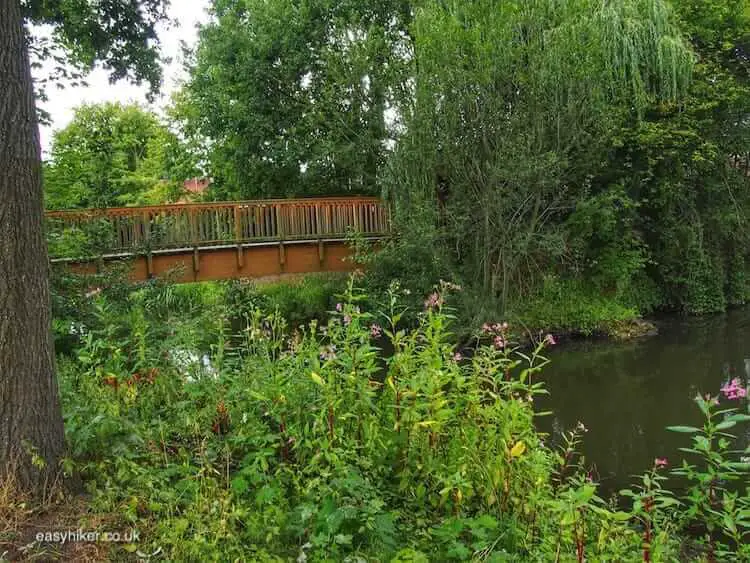
The newly designed trails triggered a hiking boom beyond everybody’s wildest expectations. Having revived the tourism industry of the Sauerland, a heretofore neglected and rarely visited part of Germany, it also inspired a host of imitators.
But the recipe did not work for everybody. In the first decade of the 21st century, the growth in the number of “new hikers” slowed down, then came to a standstill and, eventually, partly went into reverse. Why?
Mainly because most of the new trails had been created for a very specific market with limited growth potential. Suddenly, there was a glut of trails that were proposing to take hikers on the traces of history, in the footsteps of famous artists or simply through some very attractive countryside over 10 or 20 stages.
Not everybody, however, who likes to stretch his legs in the fresh air is ready to commit himself to walking 200 km over a period of two weeks.
Even more problematic was the length of some of the stages: 20, 25 km and more. Studies have found that even “proper“ hikers walk on average a daily distance of little more than 12 km.
So Brämer and his crew went to work again. Their first step was to identify those people who could, in principle, be motivated to go out for a hike but who, so far, had largely stayed at home – and to establish what held them back.
The results of the survey surprised everyone. Not only was there already a large group of people – more than two thirds of the population – who enjoyed recreational walks. Their hopes, expectations and priorities also differed little from those of regular and even “hard-core” hikers.
There was only one key difference. These “occasional walkers” quite openly admitted that they preferred to take it easy.
It was for this group of people that the idea of “spazierwandern” was conceived, the German equivalent of “easy hiking”.
All about Spazierwandern – Easy hiking the German Way
“Spazierwander” trails were therefore not designed to follow a different dramaturgy than longer trails: they only needed to be shorter.
One of Brämer’s key insights was that “easy hikers” expected their trails to deliver the full hiking experience within a shorter time frame, roughly half a day instead of a full day.
This meant that these easy hiking trails required an even more sophisticated art of experience engineering.
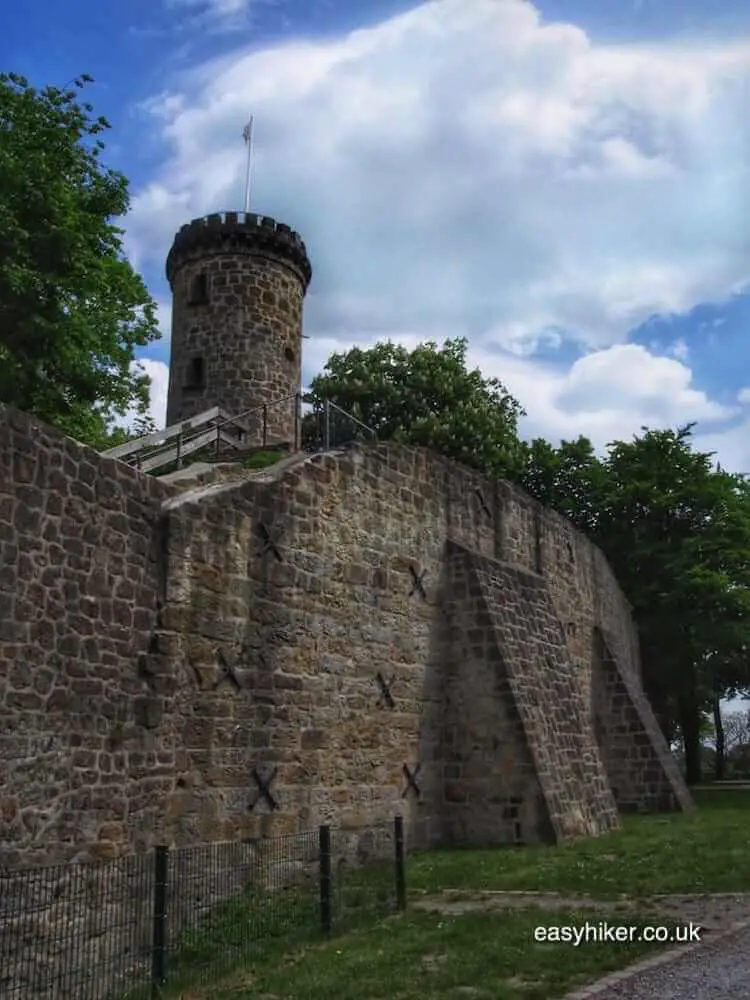
These trails were designed to offer everything that hikers expected a trail to deliver, but on an overall length of only (approx.) 3 to 7 km.
Since these trails were meant to be so short, anything liable to irritate or annoy the hiker had to be eliminated: passages through cookie-cutter suburbs and industrial parks, monotonous countryside (trails past endless fields of grain), long straights of any type.
The trail designers also had to take into account that the “spazierwanderers” were not used to bringing hiking maps along – and that they, perhaps, needed to catch their breath and to rest more frequently than regular hikers.
After all, they did say that they liked to take it easy.
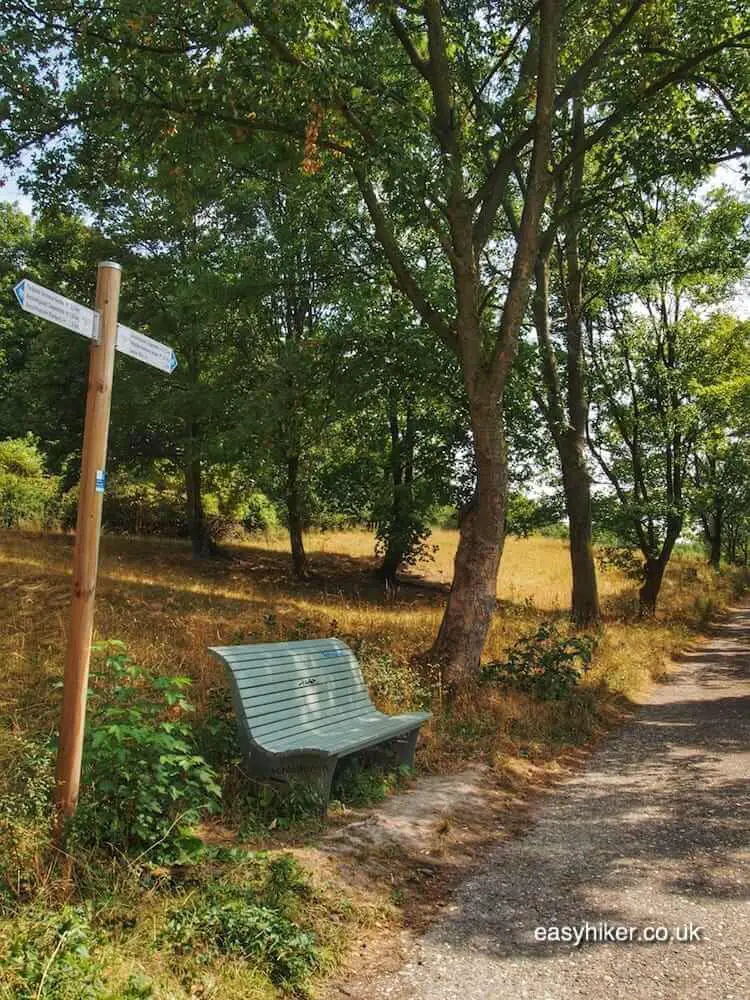
But above all, these trails were designed to astonish the hikers by delivering a maximum of variety, a kaleidoscopic flux of ever-changing impressions.
The idea was to combine forests …
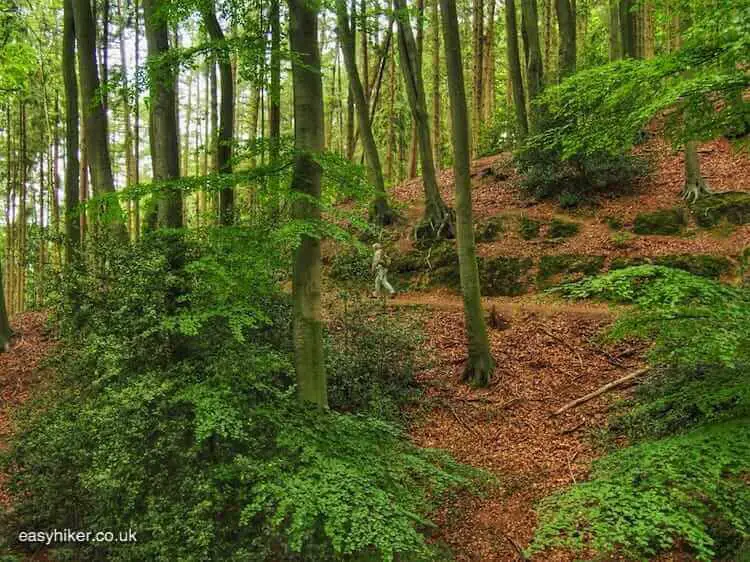
… with the ever-popular motive of water in every form …

… and pretty towns. There is, after all, no scenery in Germany that a half-timber-framed house cannot improve.
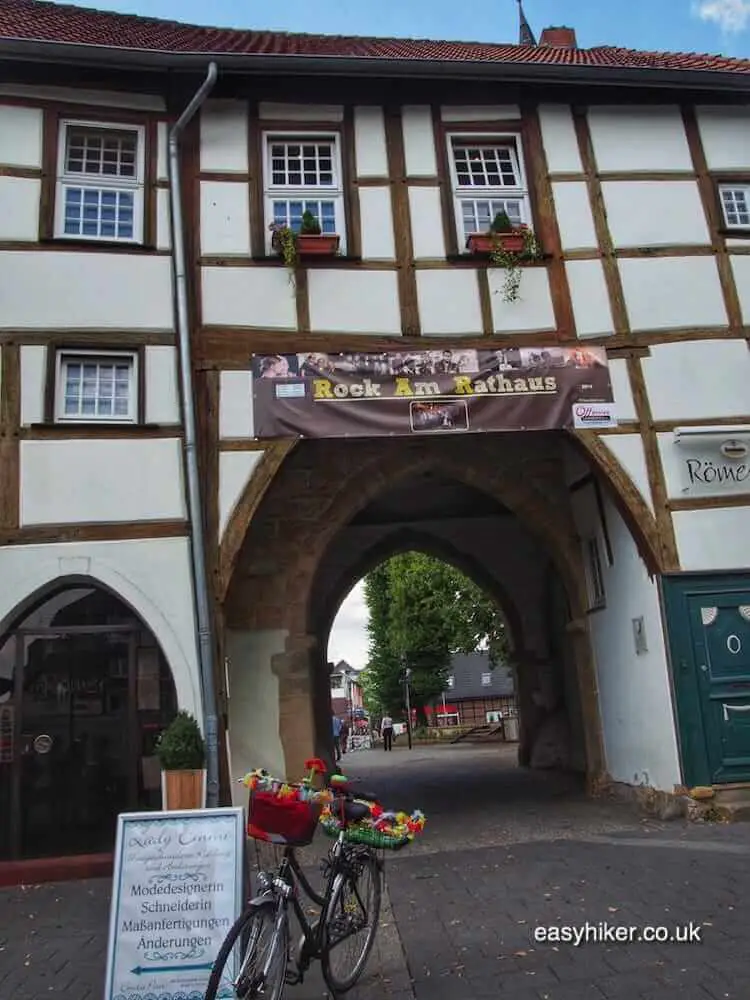
And views get extra points if you can squeeze all of these elements together into a single photo frame.
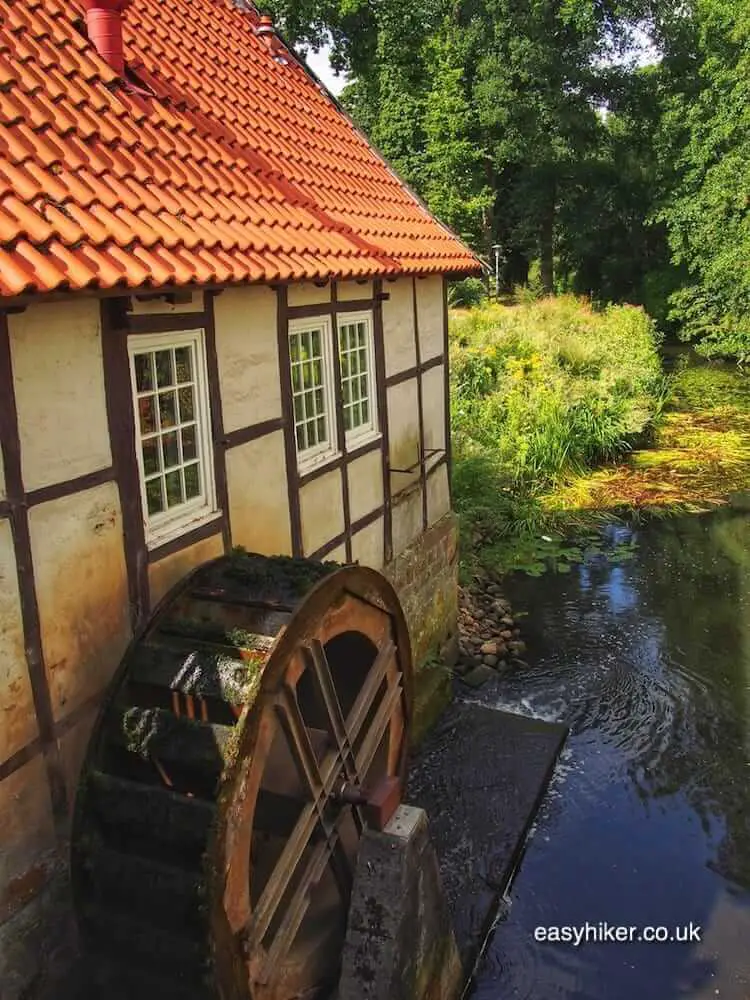
So this is the theory. But what do the “spazierwanderwege”, Germany’s easy hiking trails, look like in real life? And do they really work?


